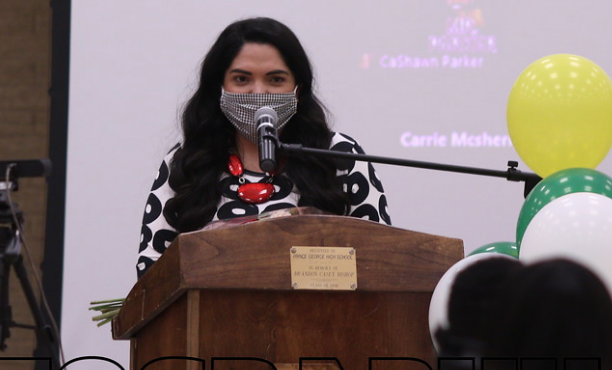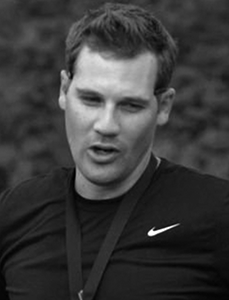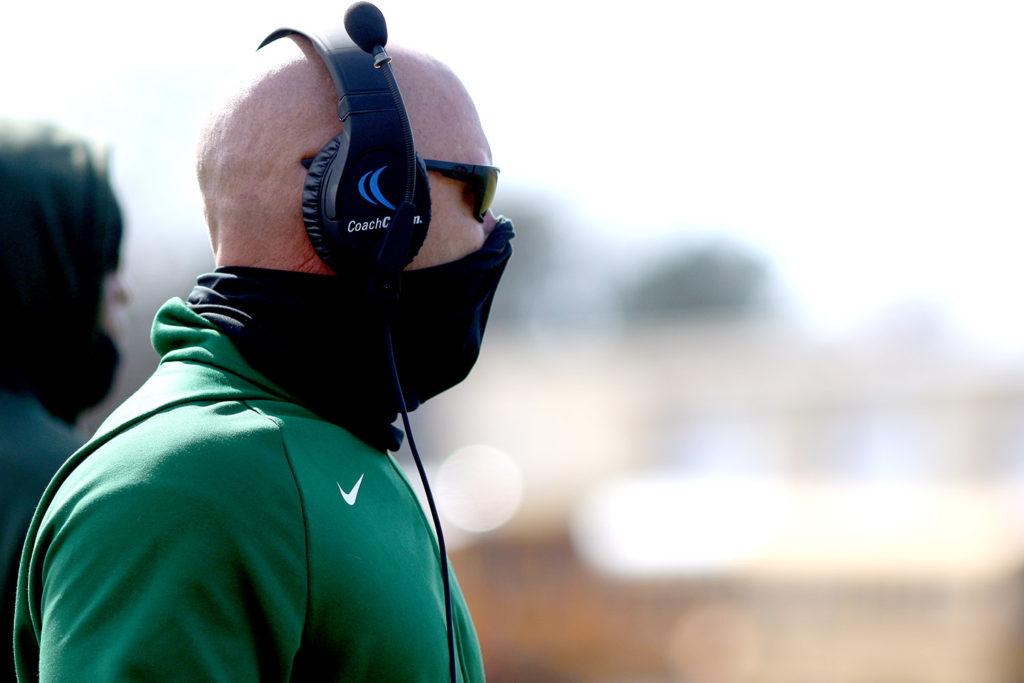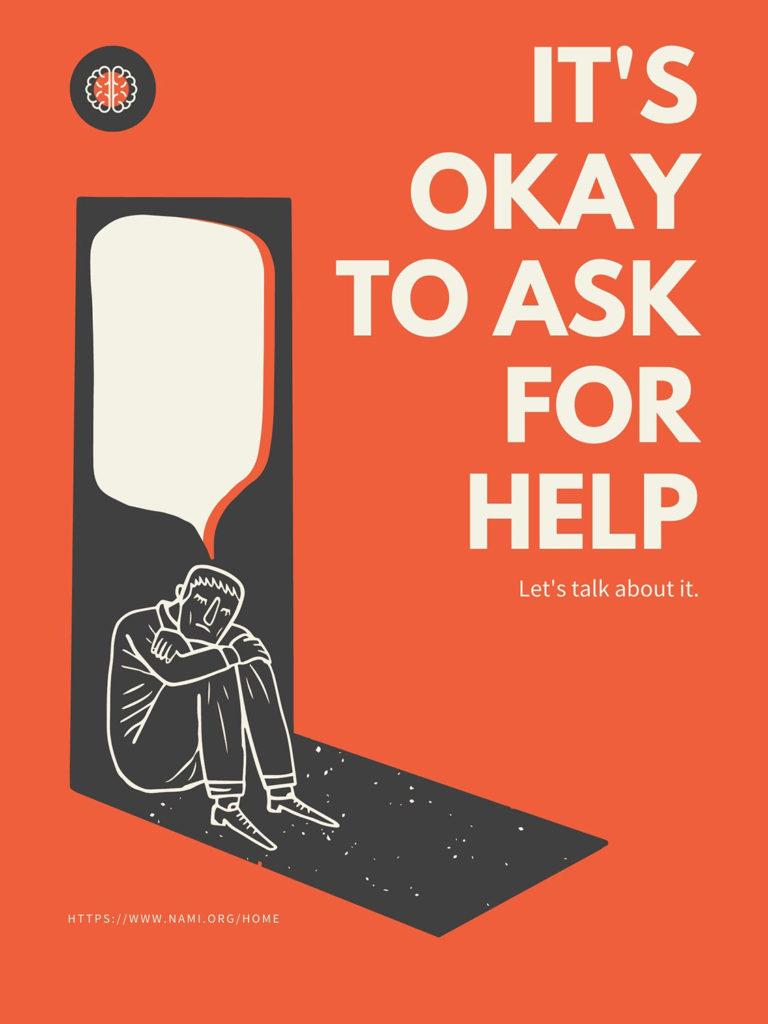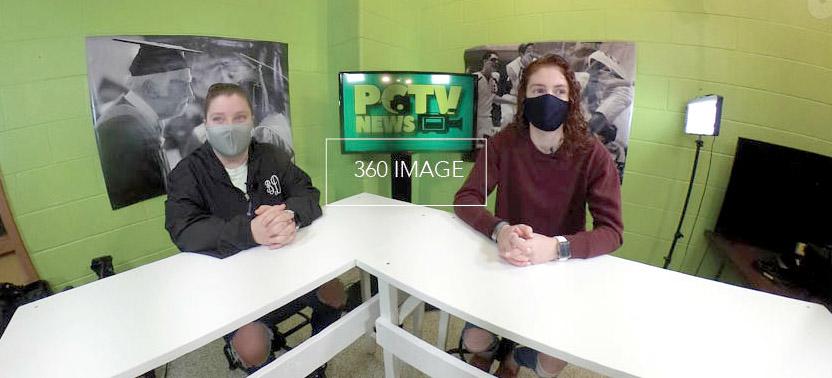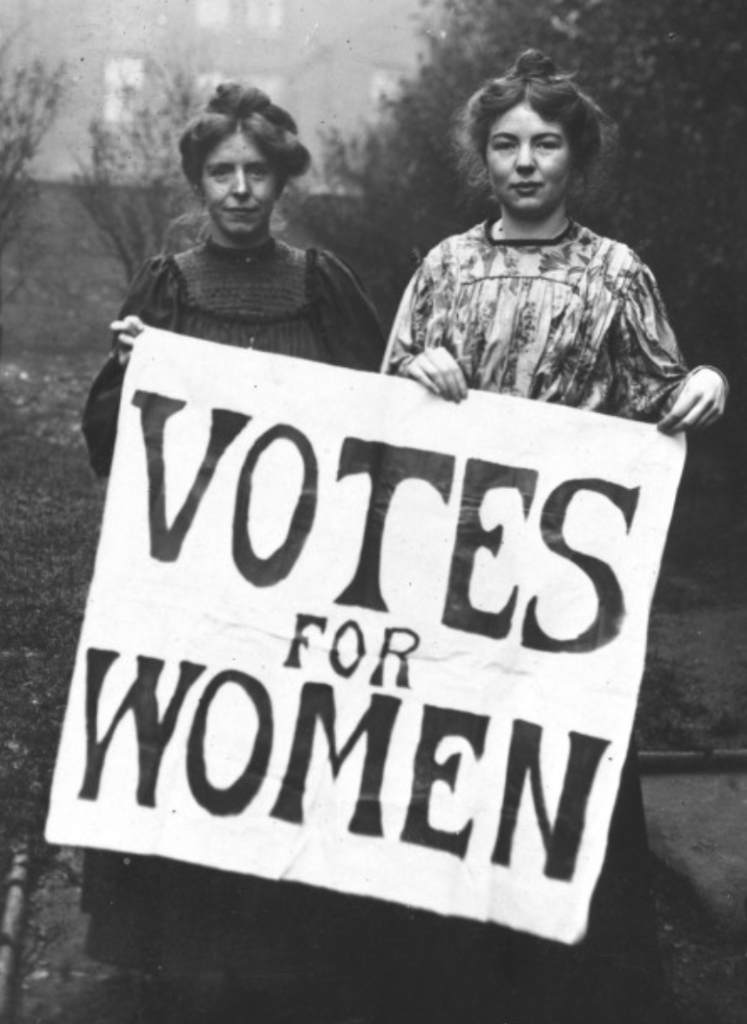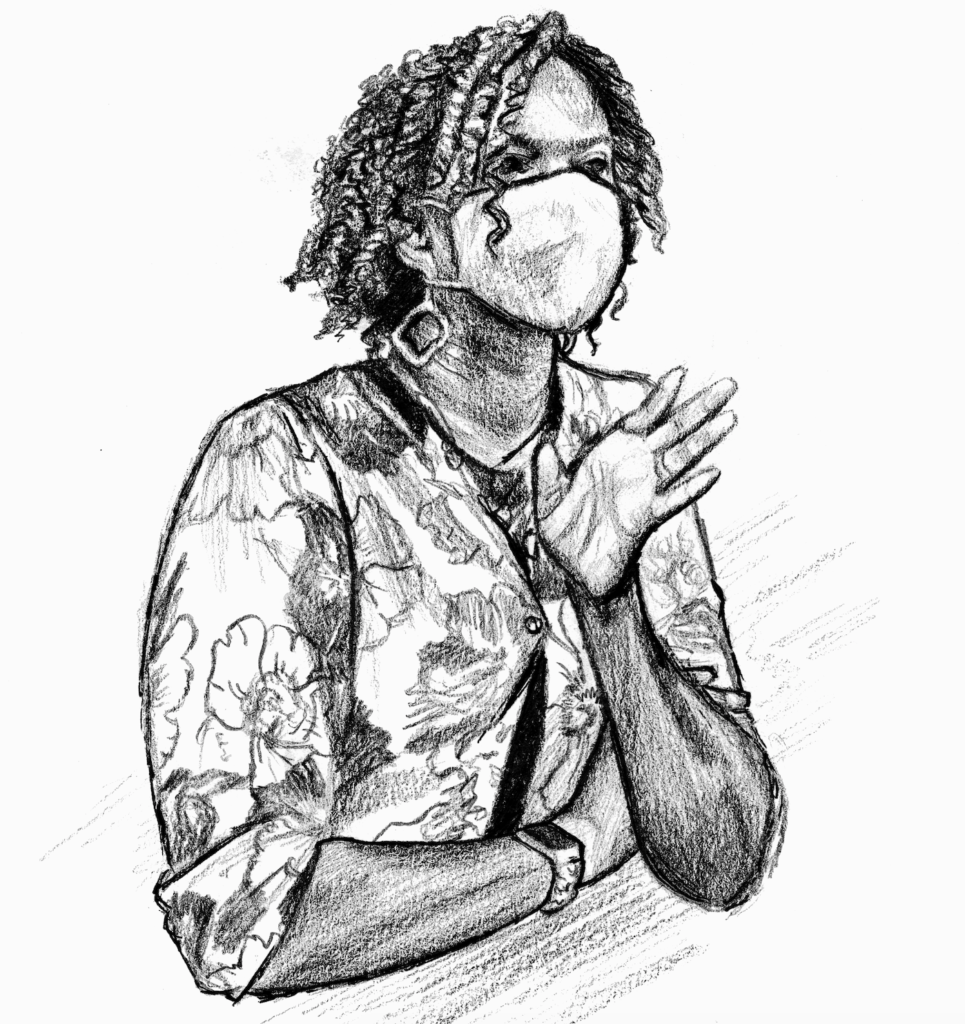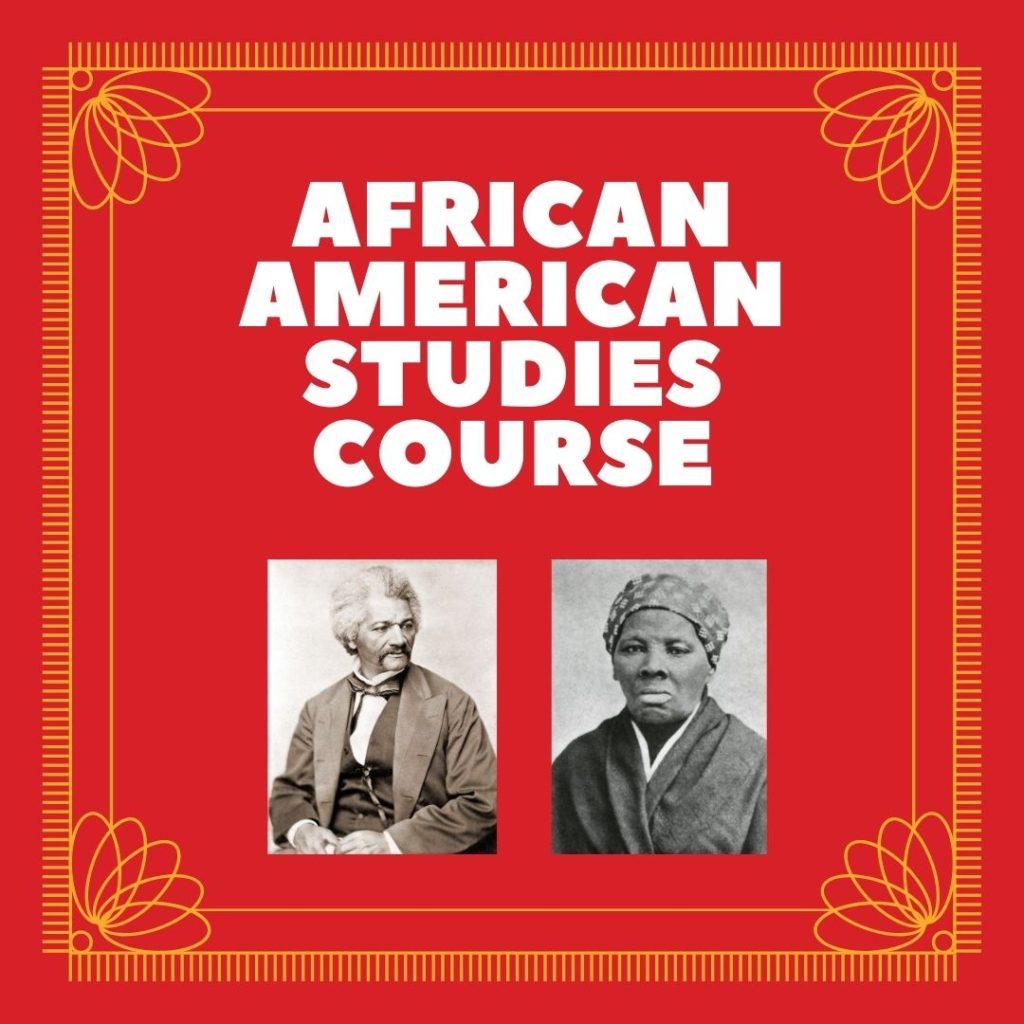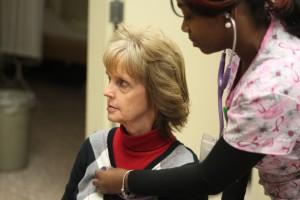
Throughout the month of February, some people may notice the ever-occurring theme of the color red and hearts. For some, this means Valentine’s Day, but for others, it means American Heart Month.
Cardiovascular disease, also referred to as heart disease, is the number one leading cause of death in America. Things such as smoking, high blood pressure, and high amounts of sugar in the blood are main causes of this.
“I think that people’s lifestyles cause heart disease. They’re not eating healthy,” Nurse Shante Byrd said.
Back in the 20th century, heart disease was a conviction. The only advice a doctor could give someone with heart disease is to rest and get better. Nearly a decade later, the nation’s fight against heart disease became official.
The heart disease death rate dropped almost 50% over the last 50 years, and the numbers are only getting smaller from there. According to heart.org, in 1950, heart disease killed 356 out of 100,000 Americans. In 2010, the number decreased to 179 out of 100,000.
“I think Michelle Obama is encouraging students to eat healthier by taking out things such as trans-fats in schools. However, America is less active now than when I was growing up,” Byrd said. “When I was growing up, we were outside all of the time, but now that kids are given cell phones, they’re always on their cell phones. I think people should put down their cell phones.”
By 1981, the AHA was looking to improve public policies. Since then, laws regarding healthier meals at school, banning of smoking in public places, and the removal of trans-fats in food have all been passed in order to prevent heart disease.
“I watch my salt intake and I make sure I eat a lot of fruits and veggies; I also workout once a week. Me, personally, I drink a glass of red wine every night,” Byrd said.
There are other heart conditions that contribute to American Heart Month as well.
Senior Taylor Stevenson found out that she had heart arrhythmia, a heart condition that causes the heart to beat at irregular times. This condition can be harmless; however some cases can be bothersome.
“My mom and sister both have to wear heart monitors and so the doctor had me wear it, and I found out I had heart arrhythmia. I don’t have to take medicine for it and it doesn’t affect my health,” Stevenson said.
It was an early Wednesday morning when Louise Thornton, an AP government teacher, called the doctor because of her flu-like symptoms. She set up an appointment for the following day, Thursday, originally to check if she had the flu.
“I washed my hair on Thursday to get ready for my appointment, and I remember my arms felt like lead, or something that was heavy,” Thornton said. “When I got to the doctor, they took my blood pressure, but there was no reading, which scared me to death.”
After that, the doctor set her up with an electrocardiogram (also called EKG), which is “a test to check for problems with the electrical activity of the heart”.
“I found that the two chambers of my heart didn’t beat in rhythm. The doctor called the ambulance and sent me to Southside Regional Hospital,” Thornton said.
After waiting in the emergency room for 45 hours, Thornton discovered she had Atrial Fibrillation (AFib), which is an abnormal rhythm of the heart. She was told that if her heart did not beat in rhythm, she could have a possible stroke.
“The doctors gave me a blood thinner to prevent blood clot and I was also given medicine so my heart can beat in rhythm,” Thornton said.
Thornton was also put on an echocardiogram to make sure there is no damage to the heart or possible heart attack.
“I was in the hospital for two nights and the doctors told me to stay on my medicine but that I could do daily activity.”
Thornton was told she could not drink caffeine or alcohol and was advised not to do strenuous exercise. Since then, she has been back to the cardiologist, and her medicine works fine.
“The hardest part for me was being told I couldn’t drink caffeine, because I love ice tea,” Thornton said.

